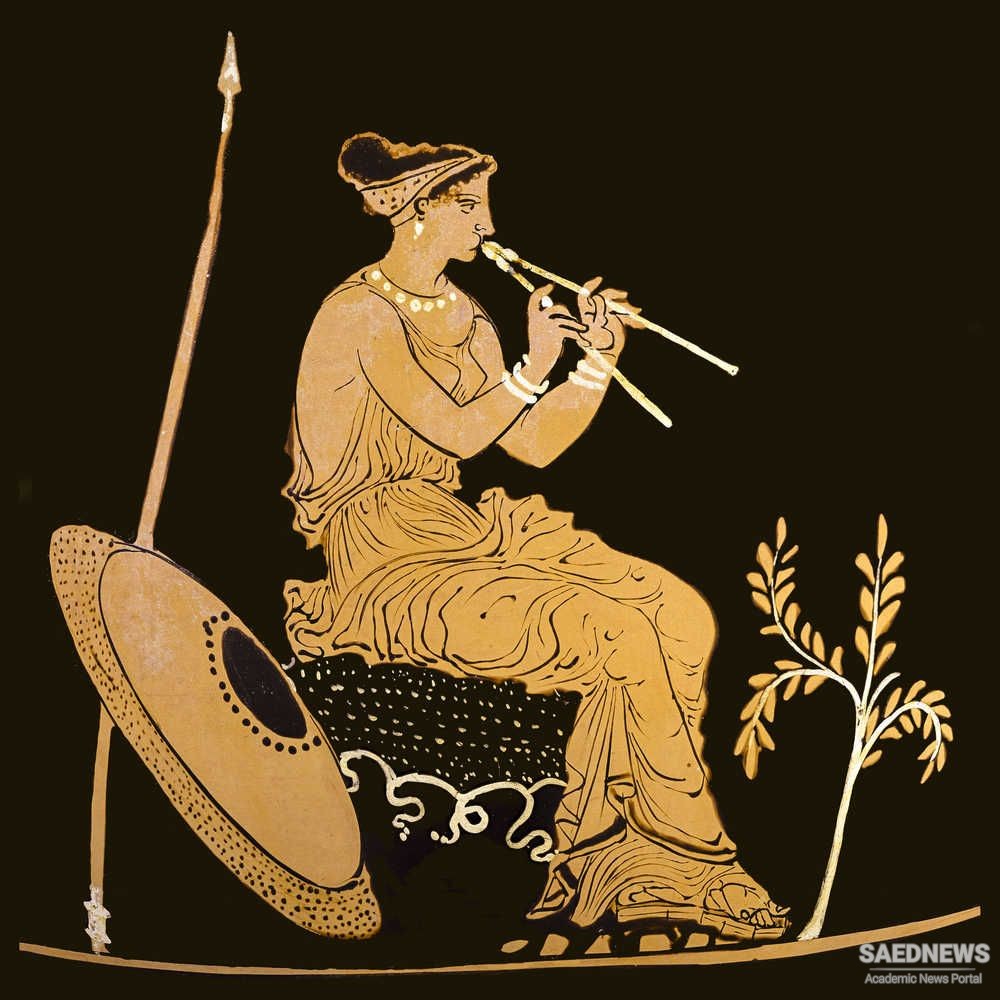In modern music the Genera are but two: Diatonic and Chromatic These consist in the manner of arranging the tones and semitones of which melody is composed. In ancient music, not only the tone was divided into two, as with us, but the semitone by a Diesis or Quarter-tone. These three kinds of interval, the tone, semitone, and Diesis, constituted the difference of the three genera. It has been already observed that the fourth was the constant boundary of sounds in the music of the ancients ; and that its extremes, or highest and lowest sounds, were stantes, immobiles, or fixed. As the octave in modern music admits of no change, but is tuned as perfect as possible, so the fourth in ancient music was never allowed to deviate from perfection. The different genera therefore were characterized by the changes that were made in the two middle sounds of the tetrachord, which were styled mobiles, mutable. So that a Genus is defined by Euclid, the division and disposition of the tetrachord with respect to the intervals of the four sounds of which it is composed; and Pappus Alexandrinus says, that the Genera consisted only in different divisions of the tetrachord. Each of the three genera had some sounds in its scale that were peculiar and characteristic, and some that were in common with the other two. For instance, B C E F A B|? and d, were used in all the three genera, whereas D G were peculiar to the diatonic, C# and F# to the chromatic, and Bx Ex and Ax to ttie enharmonic. A complete scale of each genus in modem notes will explain this matter better than words.


 Alphabetical Contribution of Greek into Ancient Music
Alphabetical Contribution of Greek into Ancient Music














































